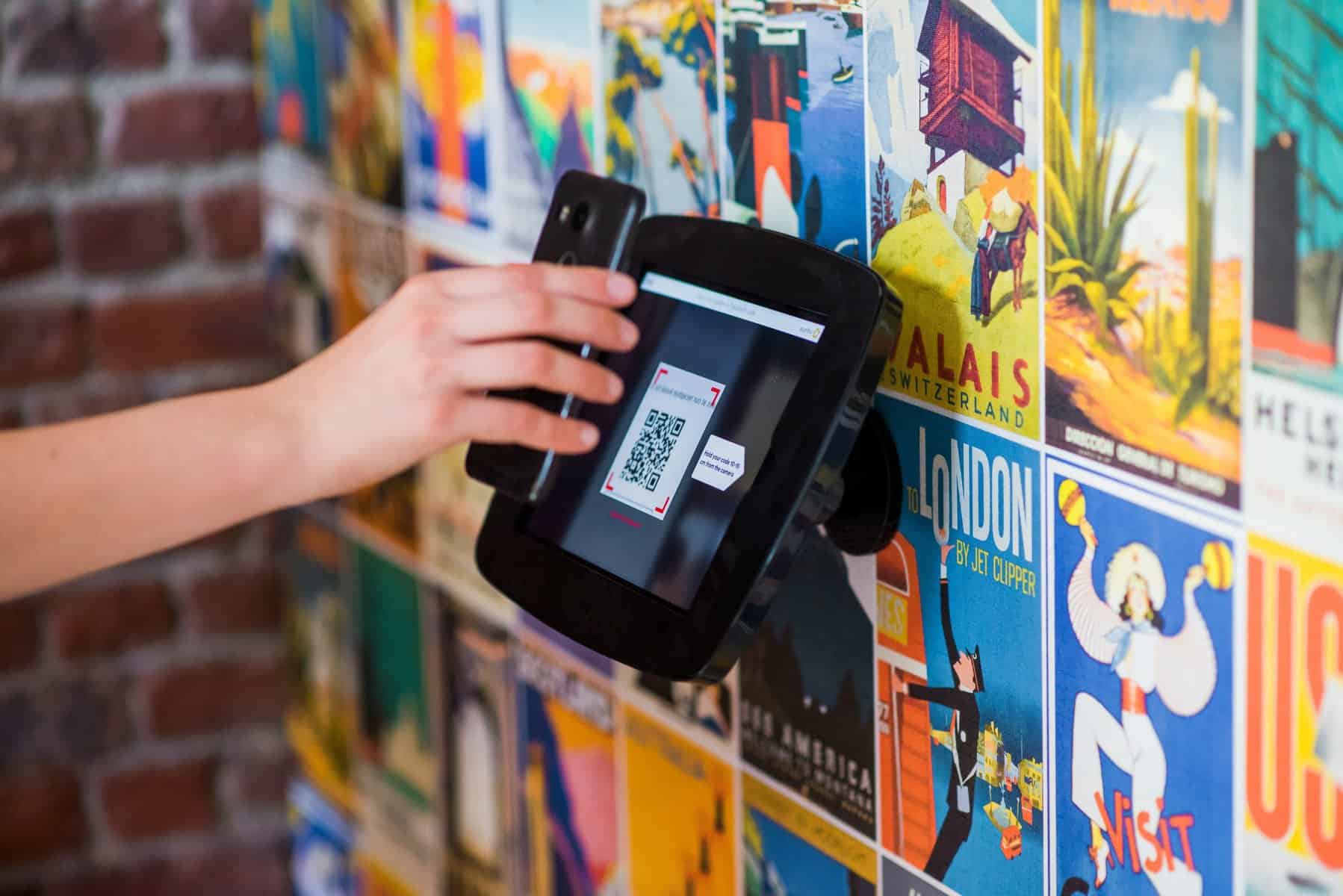Businesses are constantly seeking innovative ways to engage with their target audience. One strategy that has gained significant traction in recent times is Location-based QR Code Marketing. This approach not only leverages the convenience of QR codes but also adds a dynamic element by tying marketing efforts to specific geographical locations.

Creating the QR Code: Where Innovation Begins
To embark on a successful location-based QR code marketing campaign, the first step is to create the QR code itself. Generating a QR code is a straightforward process that involves encoding information, such as a website link or contact details, into a two-dimensional barcode. Numerous online tools and applications offer easy-to-use interfaces for businesses to swiftly create custom QR codes tailored to their marketing objectives.
Components of a Location-based QR Code Campaign
Before diving into the details, it's crucial to understand the essential components that constitute a successful location-based QR code marketing campaign:
- Define Clear Objectives: Clearly outline the goals of your campaign. Whether it's promoting a new product, encouraging social media interaction, or offering exclusive discounts, defining objectives ensures a focused and impactful QR code strategy.
- Identify Target Locations: Pinpoint the locations where you want your audience to interact with the QR codes. Whether it's at specific physical stores, events, or landmarks, the strategic placement of QR codes enhances the likelihood of engagement.
- Craft Compelling Content: The content linked to the QR code should be engaging and relevant. Whether it's a video, a discount code, or exclusive information, compelling content encourages users to scan the QR code and interact with your brand.
Armed with a comprehensive understanding of the campaign's key components, businesses can now delve into the execution phase.
Bridging the Physical and Digital Worlds
Once the QR codes are created and the campaign strategy is in place, it's time to execute the plan. Place the QR codes in the identified locations and monitor user engagement. As individuals scan the codes, they seamlessly transition from the physical space to the digital realm, interacting with the tailored content.

Measuring Success and Refining Strategies
After the campaign is live, it's essential to evaluate its performance and make necessary adjustments:
- Track Engagement Metrics: Utilize analytics tools to monitor the performance of your QR codes. Track scan rates, conversion rates, and other relevant metrics to gauge the success of your campaign.
- Gather User Feedback: Encourage users to provide feedback on their experience. This valuable input can offer insights into what worked well and areas that may need improvement.
- Refine and Iterate: Based on the gathered data and feedback, refine your campaign strategy. This iterative process ensures that future location-based QR code marketing efforts are even more effective.
In the realm of location-based QR code marketing, the mention of Brand Me-QR stands out as a beacon of excellence. With its user-friendly interface and robust features, this platform simplifies the QR code creation process, empowering businesses to seamlessly integrate location-based marketing into their overall strategy.
In conclusion, location-based QR code marketing is a dynamic and effective tool for businesses looking to connect with their audience in innovative ways. By creating compelling QR codes, strategically implementing campaigns, and leveraging tools like Brand Me-QR, businesses can unlock the full potential of this digital marketing strategy, bridging the gap between the physical and digital worlds.




